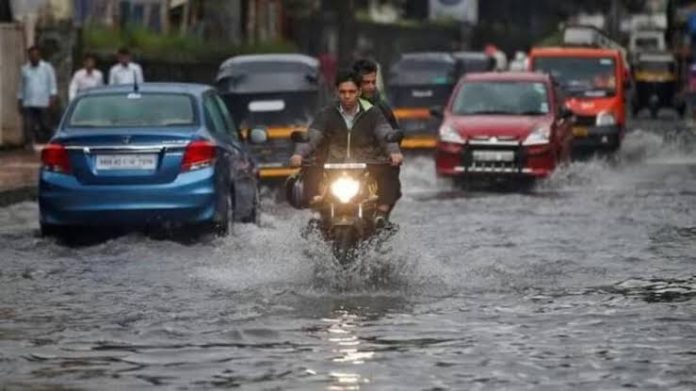Hyderabad experienced an extraordinary spell of heavy rain, with the Pakistan Meteorological Department (PMD) confirming 280 millimeters of rainfall within just 24 hours. The highest downpour was recorded in Latifabad, where streets quickly turned into streams, making movement extremely difficult for residents.
Other parts of Hyderabad, including City Taluka, Qasimabad, and Rural Taluka, also faced intense showers. The heavy rain not only caused flooding in several areas but also damaged infrastructure and created hurdles in the daily lives of the people. Shops, markets, and offices remained partially closed as residents struggled to cope with the situation.
Karachi was no different, as the rain hit hard and led to severe waterlogging across the city. Major roads such as M.A. Jinnah Road and Nagan Chowrangi were submerged, bringing traffic to a standstill. Commuters were stuck for hours, while vehicles broke down on flooded streets, worsening the situation further.
Authorities declared an emergency in vulnerable areas, especially low-lying neighborhoods like Lassi Goth, where homes were inundated with rainwater. Families had to shift to safer places as water entered houses, damaging belongings and creating a health risk.
Rescue teams and local administration worked to pump out water and restore traffic, but the sheer volume of rainfall made the task challenging. Experts fear that if heavy rains continue, the situation may escalate, creating more hardships for citizens.
This record-breaking rainfall once again highlighted the urgent need for better drainage systems and long-term urban planning to prevent such crises in the future.


